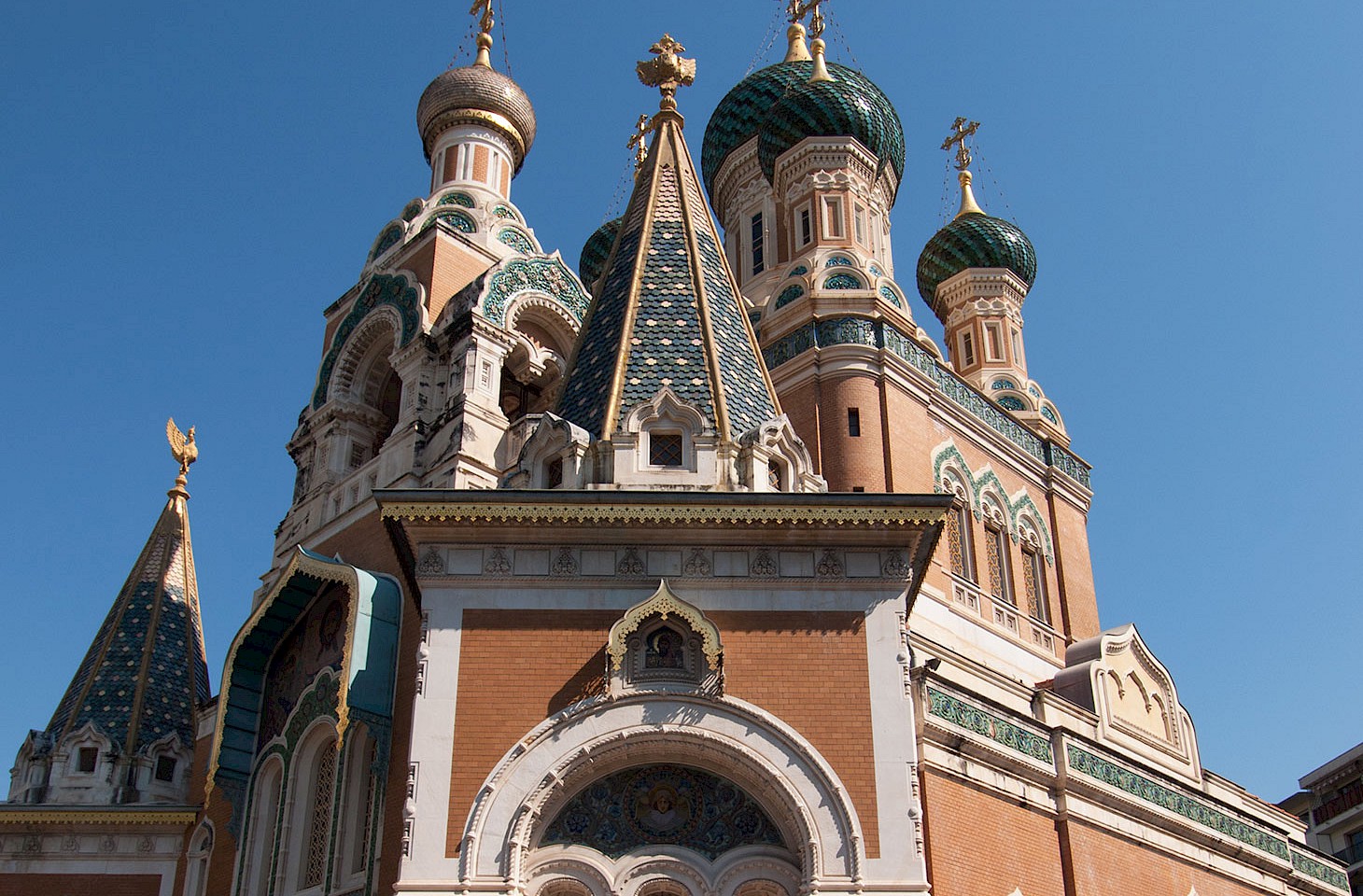Dear fellow travellers
Foros is a place for holidays and for history. During the Soviet era, this resort at the southern tip of the Crimea was much favoured by Kremlin leaders looking for a little summer relaxation. Soviet president Mikhail Gorbachev was at his dacha in Foros in August 1991 when the old guard in Moscow attempted to seize power. The coup failed, but it nudged the Soviet Union over the brink. Within a week, the Union was unravelling as constituent republics edged towards independence.
On the wooded hills above Foros, there is a church that recalls another defining moment in Russian history. The Church of the Resurrection stands on a little promontory on the mountainside. The site affords splendid views over the Black Sea coastline below. The church is a notable landmark, its distinctive Byzantine domes easily visible from many spots along the coast. No surprise, perhaps, that the church at Foros is now the prime spot in the Crimea for upmarket Orthodox weddings.
The church was built very quickly as an offering of thanks for the Romanov family having survived the 1888 Borki train crash. It was one of many such churches built across the Empire to mark the merciful deliverance of Tsar Alexander III and his family at Borki. A monumental cathedral was built at Borki itself, rather incongruously dominating a tiny community that hitherto enjoyed no ecclesiastical significance. But the Foros church quickly gained particular popularity on account of it being in the Crimea. The Romanov family were on their way back to Petersburg from a Crimean holiday when their train left the rails at Borki. The new church with its explicit Romanov connection helped put Foros on the map.
Russian piety is a mysterious commodity and the Borki crash generated much devotional energy. Some was directed to the Almighty for his divine and providential intervention in protecting the Romanovs from injury in a disaster that claimed over twenty lives among the royal entourage. And a mountain of prayerful intercessions were directed to the tsar himself: here was proof, if ever it were needed, that the Emperor and Autocrat of All the Russias enjoyed God's favour. Amid the haze of prevailing piety, the faithful generally overlooked the detail that the tsar had an affection for high speed. Railway officials had previously warned His Highness that, if he persisted in instructing the drivers of the royal train to break speed restrictions, there would inevitably be a disaster.
The intimation of divine favour encouraged the tsar and his advisers to backpedal on reforms, and Russia took a different turn in the closing years of Alexander III's reign. So it is interesting to speculate how different Europe might look today if the Romanovs had not survived the Borki train crash. Just as, indeed, we might well ponder whether the Soviet Union might not have collapsed quite so dramatically if Mikhail Gorbachev had not made that summer journey to Foros in 1991.
The outpouring of thanksgiving among the Russian public was more conspicuous when the tsar returned safely to the seat of power than when Gorbachev came back to the Kremlin after those heady and confusing days of uncertainty in 1991. No-one welcomed Gorbachev back with gifts of icons. But among the many gifts received by the tsar in 1888 was a particularly beautiful icon of Christ, donated by this tsar's personal retinue of guards - of whom two had perished and many had been injured in the crash. We see in the news that this icon, a delicate enamel piece with a naturalistic polychromatic surround, was sold by auction in London last week.
It sold for over 300,000 euros. So now we know the price of divine intervention.
Nicky Gardner and Susanne Kries
(editors, hidden europe magazine)
If religious icons are not your gift of choice this Christmas, why not invest in one of Europe's most unusual travel magazines? hidden europe certainly makes a great gift for yourself and your friends. Find out more about our Advent offer here.


